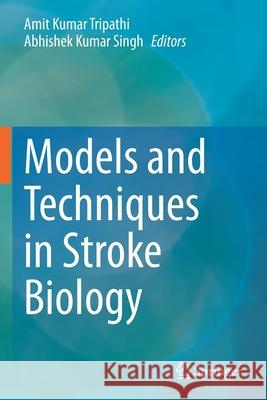Models and Techniques in Stroke Biology » książka
topmenu
Models and Techniques in Stroke Biology
ISBN-13: 9789813366817 / Angielski / Miękka / 2022 / 124 str.
Models and Techniques in Stroke Biology
ISBN-13: 9789813366817 / Angielski / Miękka / 2022 / 124 str.
cena 402,53
(netto: 383,36 VAT: 5%)
Najniższa cena z 30 dni: 385,52
(netto: 383,36 VAT: 5%)
Najniższa cena z 30 dni: 385,52
Termin realizacji zamówienia:
ok. 22 dni roboczych.
ok. 22 dni roboczych.
Darmowa dostawa!
Kategorie BISAC:
Wydawca:
Springer
Język:
Angielski
ISBN-13:
9789813366817
Rok wydania:
2022
Ilość stron:
124
Waga:
0.18 kg
Wymiary:
23.39 x 15.6 x 0.66
Oprawa:
Miękka
Wolumenów:
01
Dodatkowe informacje:
Wydanie ilustrowane











